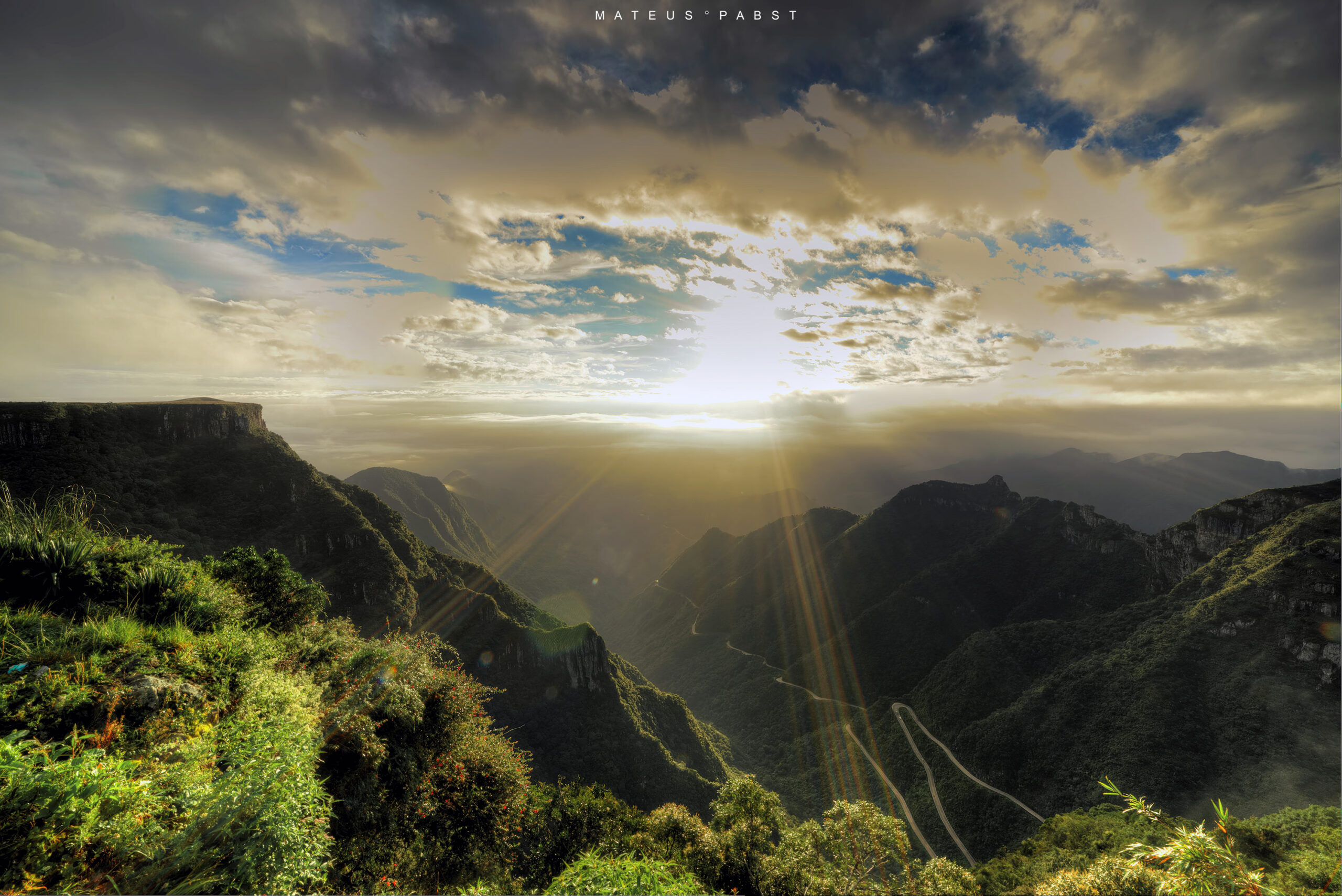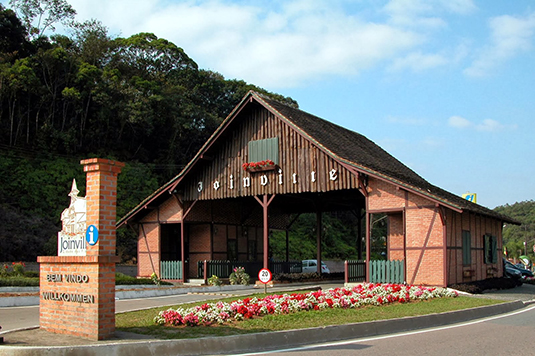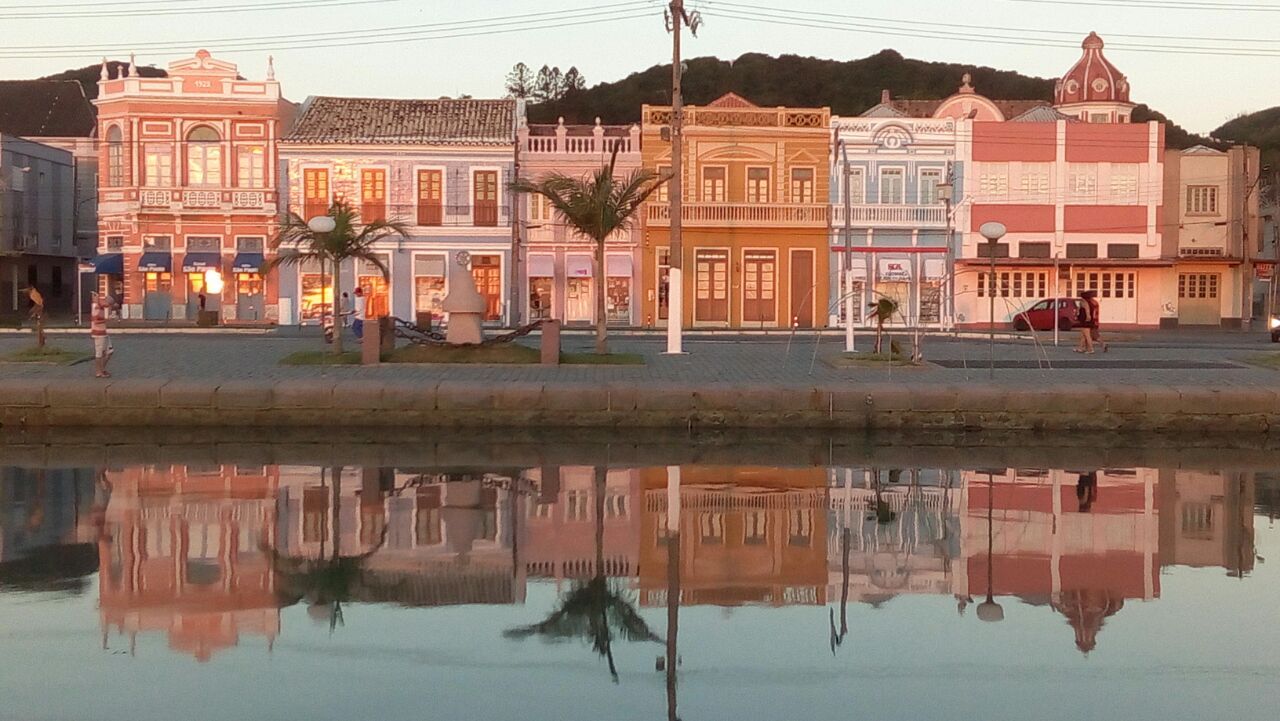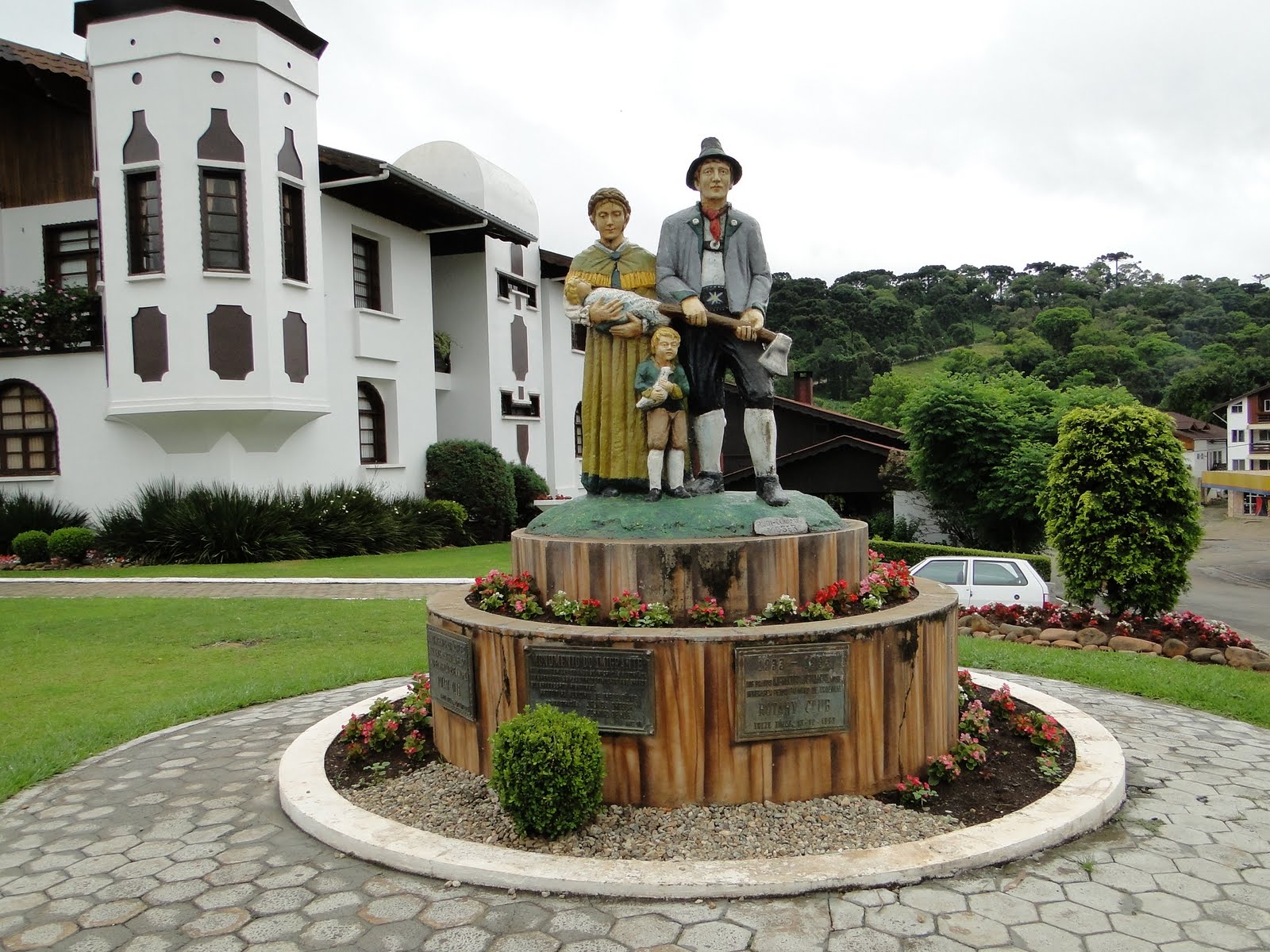Nestled on the picturesque southern coast of Brazil, Santa Catarina state stands as a true gem within the country’s diverse landscape.
Boasting breathtaking natural beauty, a rich cultural heritage, and a thriving economy, this region offers a unique experience for locals and tourists alike.
In this essay, we will explore the wonders of Santa Catarina state, highlighting its enchanting landscapes, vibrant cities, and vibrant cultural traditions.

GEOGRAPHY AND NATURAL BEAUTY
Santa Catarina is characterized by its diverse geography, with a striking coastline stretching over 500 miles along the Atlantic Ocean.
The state is blessed with a plethora of pristine beaches, such as Florianópolis, Balneário Camboriú, Bombinhas, Praia Rosa, and others, where crystal-clear waters meet golden sands, making it a haven for sun-seekers and water sports enthusiasts.

The stunning beaches are complemented by verdant hills, mountains, and lush rainforests, providing a scenic backdrop and numerous opportunities for ecotourism.
One of the most captivating natural wonders of Santa Catarina is the Serra do Rio do Rastro.
This stunning mountain range, located in the southern part of the state, offers awe-inspiring panoramic views and thrilling driving experiences along its winding roads.

In addition, the iconic Itajaí Valley, with its vineyards and charming German-influenced towns such as Blumenau and Pomerode, showcases the region’s rich cultural tapestry amidst a backdrop of rolling green hills.
CITIES AND CULTURE
Santa Catarina’s cultural diversity is reflected in its cities. The capital, Florianópolis, is a bustling urban center offering a unique blend of historic charm and modern amenities.
The city, partly located on Santa Catarina Island, is famous for its stunning beaches, colonial architecture, and vibrant nightlife.

Other important cities in the state, like Joinville, Blumenau, and Criciúma, showcase the impact of European immigrants, predominantly German and Italian, who came to the region in the 19th and early 20th centuries.
Blumenau, for example, hosts the renowned Oktoberfest, the second largest of its kind outside Germany.
This annual event is a testament to the city’s German heritage, replete with traditional music, dance, and an endless supply of beer.

ECONOMY
Historically, Santa Catarina’s economy was based on agriculture, with crops like rice, beans, tobacco, and maize cultivation. However, over time, the state’s economy has diversified and strengthened, becoming one of the most dynamic in Brazil.
The textile industry is vital, with cities like Brusque and Blumenau contributing significantly to Brazil’s textile exports.
In addition, the state is renowned for its ceramics industry centered in Criciúma and its metal-mechanic industry in Joinville.

The tourism sector, especially ecotourism and beach tourism, is increasing, bolstered by the state’s extensive coastline and diverse natural beauty.
CULTURAL HERITAGE
Santa Catarina State is a melting pot of cultural influences shaped by the indigenous tribes, European settlers, and African descendants who have called this land home.
The state’s cultural heritage is evident in its architecture, cuisine, and annual festivals.
German and Italian immigrants have significantly impacted Santa Catarina’s culture. Cities like Joinville and Brusque showcase German heritage with their half-timbered houses, traditional music, and delicious cuisines like sausages and sauerkraut.

The Austrian and Italian influence is seen in the charming towns of Treze Tílias and Nova Veneza, where visitors can savor authentic Italian dishes and experience the warm hospitality of the locals.
Festivals play a crucial role in Santa Catarina’s cultural calendar.
The Oktoberfest in Blumenau, inspired by the famous German festival, is one of the largest celebrations of its kind outside of Germany, attracting visitors worldwide.
The Marejada festival in Itajaí showcases the state’s solid maritime traditions, featuring seafood, traditional dances, and live music.

ECONOMIC SIGNIFICANCE
Santa Catarina state has emerged as one of Brazil’s strongest regional economies. Its strategic location, well-developed infrastructure, and diversified industries contribute to its economic growth and stability.
Santa Catarina State offers a harmonious blend of natural beauty, cultural diversity, and economic prosperity.
The state is known for its industrial prowess, particularly in the textile, metallurgical, and automotive sectors.

The city of Joinville, often referred to as the “Manchester of Brazil,” is a hub for technology, innovation, and business, fostering a dynamic entrepreneurial ecosystem.
Additionally, agriculture plays a significant role in Santa Catarina’s economy. The state is a major producer of pork, poultry, and tobacco.
Its fertile lands and advanced agricultural practices ensure a thriving agricultural sector that supports both domestic consumption and export markets.
Furthermore, the hilly regions of Santa Catarina are renowned for their high-quality wines, attracting wine enthusiasts and contributing to the state’s enotourism industry.

EDUCATION AND INFRASTRUCTURE
Santa Catarina boasts an advanced educational system and infrastructure network, contributing to its high standard of living.
The state’s literacy rate is among the highest in Brazil, and it houses several esteemed universities, such as the Federal University of Santa Catarina and the University of the State of Santa Catarina.
The infrastructure is also well-developed, with a comprehensive road network, an international airport in Florianópolis, and a highly efficient port system, which includes the major ports of Itajaí and São Francisco do Sul.
These features greatly facilitate trade and tourism, strengthening the state’s economy.

CONCLUSION
Its stunning landscapes, from pristine beaches to captivating mountains, provide various outdoor activities and breathtaking sights.
The cultural heritage, shaped by the influence of various ethnic groups, adds a unique charm to the region, visible in its architecture, cuisine, and lively festivals.
Santa Catarina State is a treasure trove of natural beauty, cultural diversity, and economic progress.
The fusion of cultural influences, particularly from German and Italian heritage, adds a distinctive charm to the region, evident in its architecture, cuisine, and vibrant festivals.
Brazilian states, Santa Catarina state, German influence Brazil, treasure trove Brazil, natural beauty Brazil, cultural diversity Brazil, economic progress Brazil

